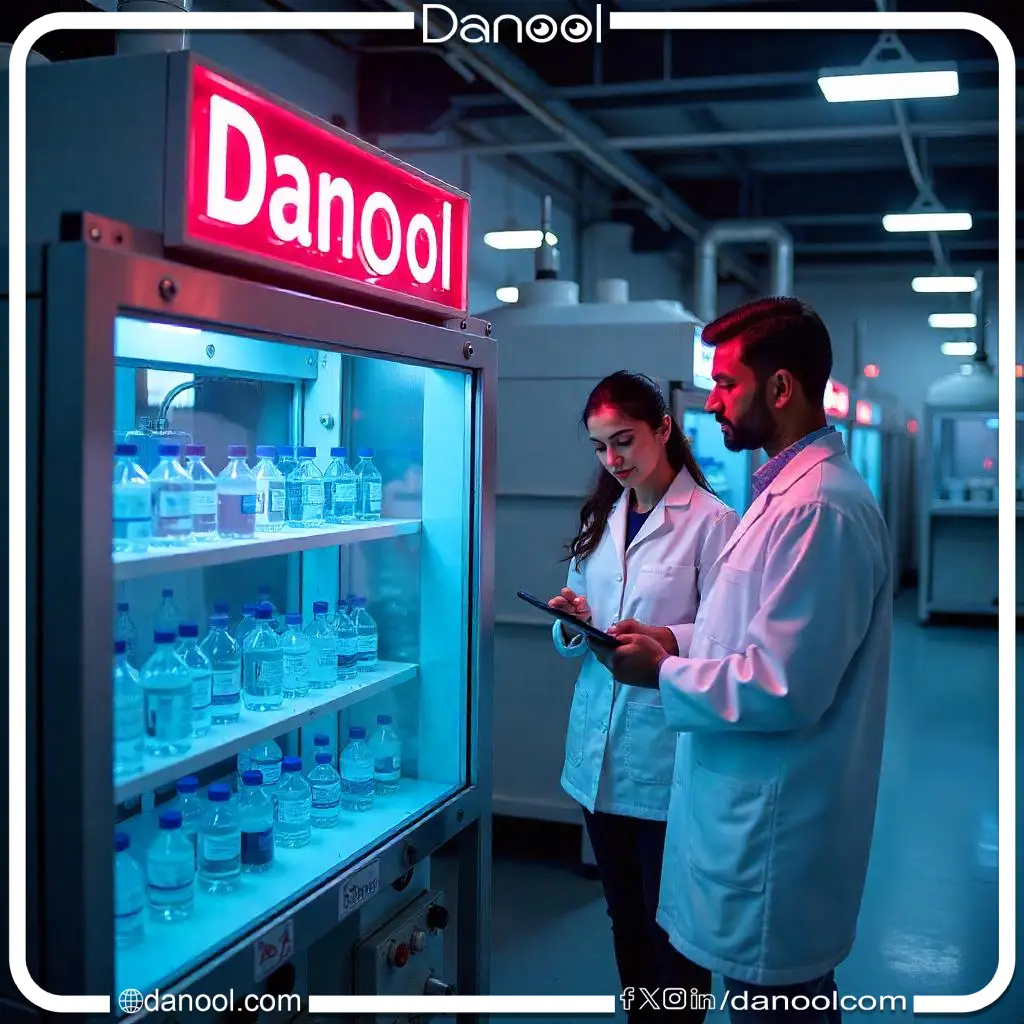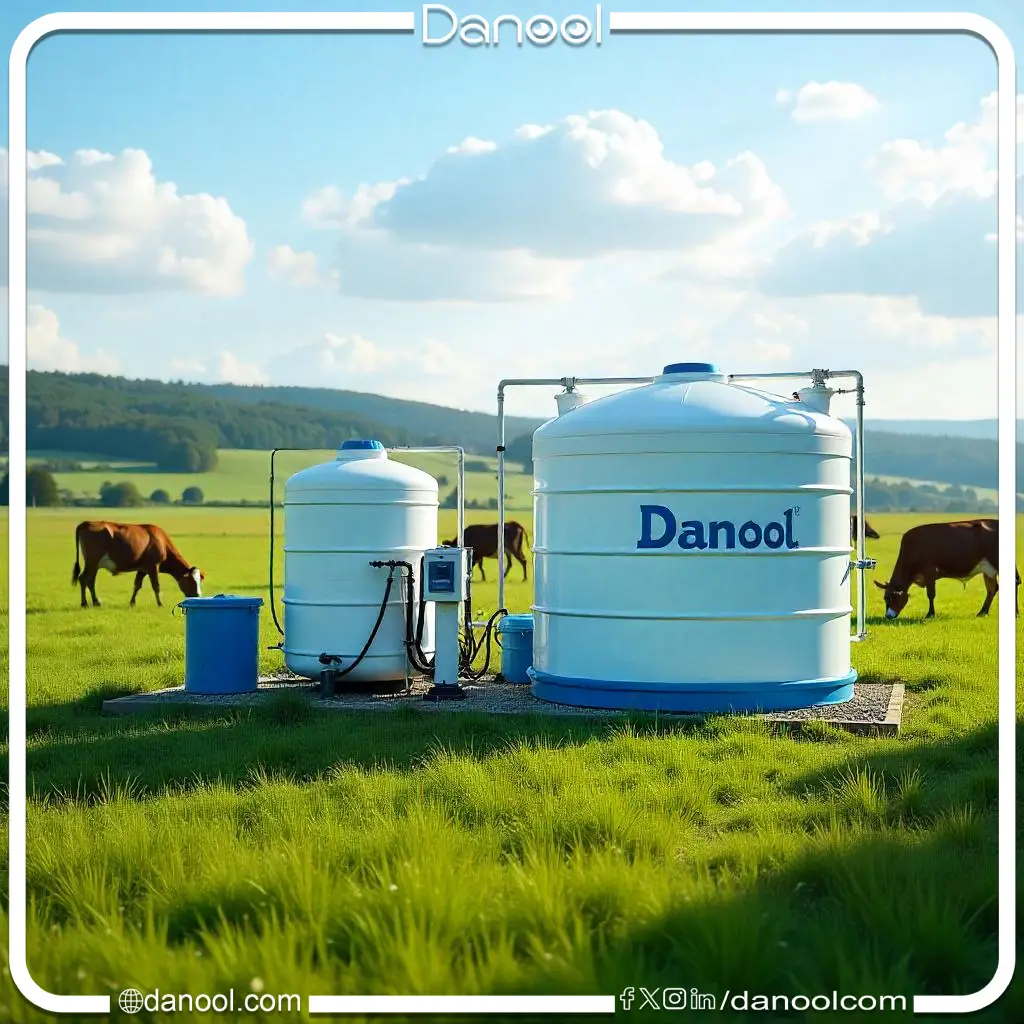Water purification plants have become one of the essential solutions to provide clean water suitable for human, agricultural, and industrial use. With the increasing demand for pure water, the need to understand the details of these plants has grown, starting from their types such as RO water plants and filtration plants, to their components and the feasibility study of establishing a water purification plant project. What are water purification plants? Plants...
What are water purification plants?
Water purification plants are specialized systems used to remove impurities and pollutants from water to make it suitable for drinking or other uses. The plants vary in design and technology based on their intended purpose, whether for domestic or industrial use.
RO Water Plants (Reverse Osmosis)
RO water plants rely on reverse osmosis technology, which is one of the most effective techniques for water purification.
How RO Water Plants Work:
- Pre-filtration: Large impurities such as dirt and sand are removed
- Carbon filter: It removes chlorine and some harmful chemical compounds.
- Semipermeable membrane: It removes dissolved salts, heavy metals, and microbes.
- Final sterilization: Using ultraviolet rays or chlorine to ensure the water is free of bacteria and viruses.
Advantages of RO Plants:
- High capability to remove harmful salts and minerals.
- Production of high-purity water.
- Suitable for areas suffering from high salinity or severe water pollution.
Filtration Water Plants (Filtration Systems)
Filtration plants rely on using multiple filters to remove impurities from water without the need to remove salts, as in RO plants.
How Filtration Plants Work:
- Sand filtration: To remove large sediments.
- Activated carbon filter: To remove unwanted odors, taste, and some chemical pollutants.
- Mechanical filter: To remove fine particles.
Advantages of Filtration Plants:
- Low operational cost compared to RO plants.
- Ideal for purifying water from large impurities and organic pollutants.
- Ease of maintenance and operation.
Components of Water Purification Plants
The components of water purification plants depend on the type of plant and its intended purpose.
The most common components:
- Pre-filters: To remove large sediments.
- Raw water tank: To store untreated water before it enters the system.
- Pressure pumps To ensure the flow of water through the plant.
- Osmotic membrane (in RO plants): Precise water purification.
- Disinfection units: Using ultraviolet rays or chemical disinfectants.
- Pure water tank: To store water after it has been treated.
Feasibility Study for a Water Purification Plant Project
Establishing a water purification plant project requires careful planning and knowledge of the necessary steps.
Importance of the project:
- The increasing demand for clean water makes this project a profitable investment.
- The need for clean water in homes, factories, and farms.
The essential steps in the feasibility study:
- Market analysis:
- Identifying target customers (individuals, factories, hospitals).
- Studying competitors and their service prices.
- Choosing the right location:
- Proximity to raw water sources.
- Ease of access to customers.
- Identifying the necessary equipment:
- Type of the plant (RO or Filtration).
- Required production capacity.
- Operating and maintenance costs:
- Electricity costs, chemicals, and filter maintenance.
- Legal licenses:
- Ensuring compliance with health and environmental regulations.
- Marketing plan:
- Focusing on water quality and providing exceptional services to customers.
How to choose the right water purification plant?
When considering the installation of a water purification plant, the following factors should be considered:
- Type of raw water: Is it groundwater, surface water, or seawater?
- The purpose of the plant: For domestic, industrial, or agricultural use.
- Total cost: Purchasing equipment, installation, and operation.
- Maintenance and technical support: Availability of spare parts and ease of maintenance.
Conclusion
Water purification plants have become a necessity due to environmental challenges and the increasing demand for clean water. Whether you are considering starting a project or looking for a plant for your home or business, understanding the types of plants such as RO and filtration, their components, and the feasibility study steps will help you make the right decision.
Comparison table between types of water purification plants
| Criterion | RO Water Plants (Reverse Osmosis) | Filtration Water Plants (Filtration Systems) |
|---|---|---|
Operating mechanism | It relies on a semi-permeable membrane to remove salts, heavy metals, and fine impurities. | تعتمد على الفلاتر المختلفة لإزالة الشوائب الكبيرة والملوثات العضوية. |
| Types of filters | Pre-filters, carbon filter, reverse osmosis membrane, disinfection unit. | فلاتر رملية، فلتر كربون نشط، فلتر ميكانيكي. |
| Removal of salts and minerals | Yes, salts and heavy metals are removed. | لا، لا تتم إزالة الأملاح والمعادن. |
| Cost | Higher operating cost due to the use of reverse osmosis technology. | Low operational cost compared to RO plants. |
| Maintenance | It requires regular maintenance for the filters and reverse osmosis membrane. | Easy to maintain and does not require frequent filter changes. |
| Suitable for use | Suitable for highly saline or heavily contaminated water. | Suitable for water that contains large impurities or organic contaminants. |
| Water production capacity | Very pure water, with the removal of fine contaminants. | Pure water, but not to the same level of purity as RO plants. |
| Additional features | High capacity to remove fine contaminants such as bacteria and viruses. | Lower cost and ease of operation and maintenance. |
This table highlights the differences between the two plants based on the mechanism, cost, maintenance, and advantages.

